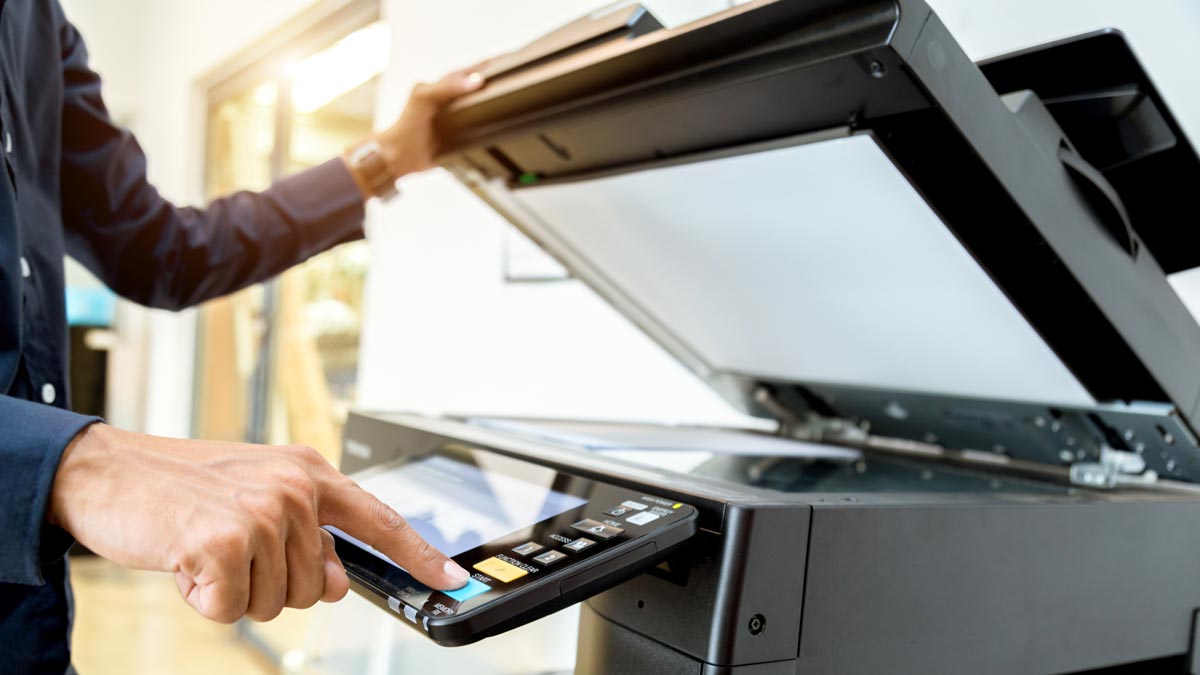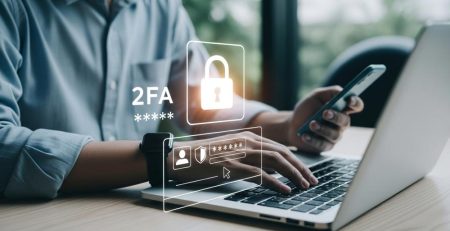4 Essential Tips for Using Your Printer Securely
We put a lot of emphasis on securing networks, servers and devices, and rightly so, as these are three of the most important facets of technology for any small business.
However, one critical area frequently overlooked is the secure use of printers.
Despite being sophisticated devices with storage, operating systems and network connectivity, printers are often deprioritized in security discussions. Yet, they process and store sensitive company information, making them a critical part of your security strategy.
Just like how one click from a phishing email can cripple an organization, unsecured printers are at risk of exposing your private data to those both inside and outside your organization.
You might be thinking, “What’s the worst that could happen? Maybe someone forces your printer to spit out endless pages until you’re out of paper?”
Sure, that’s possible. But the bigger concern is that printers store sensitive data in their memory, making them a potential target for attackers looking to retrieve confidential documents. Even more critically, an unsecured printer can serve as a gateway into your network, giving bad actors a foothold to access even more valuable company data—a far bigger prize than just disrupting your office supplies.
That’s why it’s important to not only secure your printers from external threats but also to ensure they are properly configured so they can be used safely within your organization.
Here are four tips for improving printer security.
1.) Use PIN or Password Protection
One of the easiest ways to secure your printer is to enforce a PIN or password protection system.
Documents will not be printed until the user is physically at the printer and can enter their credentials. This prevents sensitive documents from being left unattended on the printer tray, or worse, stolen before the user can retrieve them.
We’ve implemented this solution for clients in special circumstances, particularly when they have to ensure highly sensitive information isn’t lying around for anyone to see.
2.) Secure Print Release
If you don’t want to force your employees to remember another password or PIN, the secure print release feature could be your solution. It will not print any document until the user is physically present at the printer to approve.
“Just like how one click from a phishing email can cripple an organization, unsecured printers are at risk of exposing your private data to those both inside and outside your organization.”
This feature is helpful if you have several employees who use the same printer, as it reduces the chances of someone accidentally taking sensitive documents not meant for them.
Like PIN protection, we also have set up secure print release systems for clients in specific scenarios where document security is crucial.
3.) Regular Firmware Updates
In the same way that updating Microsoft Windows regularly is key to keeping your computers protected from outside threats, keeping your printer’s firmware up to date protects against potential vulnerabilities that hackers could exploit.
Computer updates are straightforward and often can be done automatically without user input. Updating printer firmware, however, can be challenging because it sometimes requires someone to manually download the new firmware and initiate the update.
Additionally, most people don’t think about updating their printers like they think about updating their computers. But printers are a gateway to the rest of your network, so keeping them secure is critical.
If keeping up with firmware updates seems daunting and overwhelming, we can discuss options that could streamline this process for you.
4.) Secure Network Connections
Lastly, isolating printers on separate VLANs (virtual local area networks) can significantly reduce their exposure to potential threats.
This not only limits who can access the printer but also protects your network from potential breaches via the printer.
While every small business environment is different, we don’t generally implement this type of security for our clients because it’s too complicated and doesn’t justify the value our clients would receive.
However, if you’re in a highly regulated industry where printers often handle sensitive information or if you’re a larger organization with more than 20 printers, then it might make sense to do this.
Want to Learn More About Printer Security?
If you’re unsure about how to implement these solutions in your environment or need assistance, we’re here to help.
Contact us to discuss how we can enhance your printer security and protect your business from unnecessary risks.
Stay updated! Get tips and insights delivered to your inbox weekly by subscribing to our newsletter.











